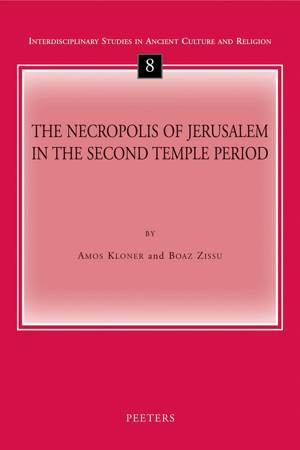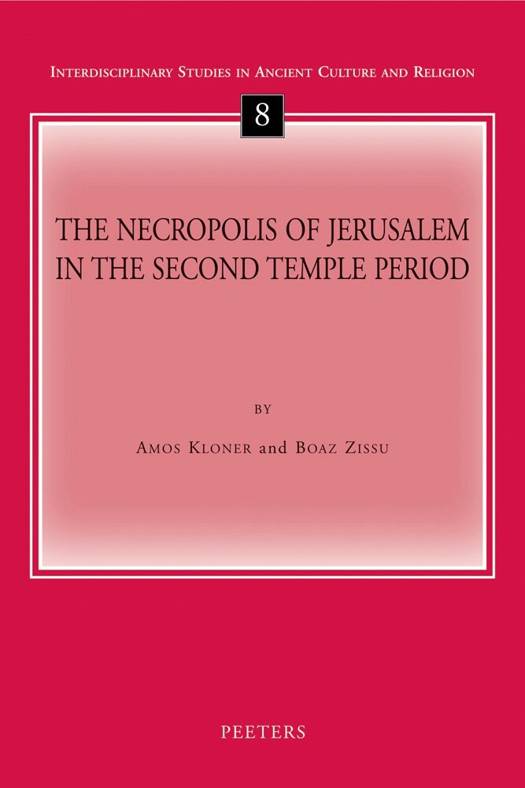
- Retrait gratuit dans votre magasin Club
- 7.000.000 titres dans notre catalogue
- Payer en toute sécurité
- Toujours un magasin près de chez vous
- Retrait gratuit dans votre magasin Club
- 7.000.0000 titres dans notre catalogue
- Payer en toute sécurité
- Toujours un magasin près de chez vous
Description
Burials from the Second Temple Period, that is, the Late Hellenistic (Hasmonean) and the Early Roman (Herodian) Periods, were revealed in all the areas surrounding Jerusalem, the central city of the period. These burial caves, mainly family tombs, were hewn in a necropolis completely surrounding the city and more than a dozen times its area. The consequences of this study have enabled the authors to map the burial fields that make up this necropolis, one of the most intensively studied in the archaeology of the Levant. Approximately 900 family tombs and 60 individual graves were hewn in a ring about 4km around the city. An additional 100 burial caves were hewn within the present-day municipal area of Jerusalem, but are not discussed here because they lie outside this belt and belonged to neighboring villages of the period. Since the 19th century all the relevant findings from these burials were meticulously documented according to various categories: architectural elements (the majority of which are carved in the rock), ossuaries and sarcophagi, pottery, glass vessels, stone vessels, coins, personal belongings, human bones and more. Inscriptions and names, generally inscribed on the sides of ossuaries, give a voice to these silent findings, and reveal the personalities of the Jews who lived in the city and participated in its design and history. This interdisciplinary approach, incorporating many branches of study, weaves a colourful picture that enables us to understand the burial customs of the period and sheds light on the city and its inhabitants. The authors collected, summarized and discuss this large body of information, the product of intensive field work by hundreds of archaeologists and other scholars, who excavated the tombs, collected the data, and documented the finds connected to the burials and burial customs of the inhabitants of Jerusalem in the Second Temple Period.
Spécifications
Parties prenantes
- Auteur(s) :
- Editeur:
Contenu
- Nombre de pages :
- 820
- Langue:
- Néerlandais
- Collection :
- Tome:
- n° 8
Caractéristiques
- EAN:
- 9789042917927
- Date de parution :
- 08-11-07
- Format:
- Livre broché
- Format numérique:
- Trade paperback (VS)
- Dimensions :
- 160 mm x 243 mm
- Poids :
- 1161 g

Les avis
Nous publions uniquement les avis qui respectent les conditions requises. Consultez nos conditions pour les avis.






